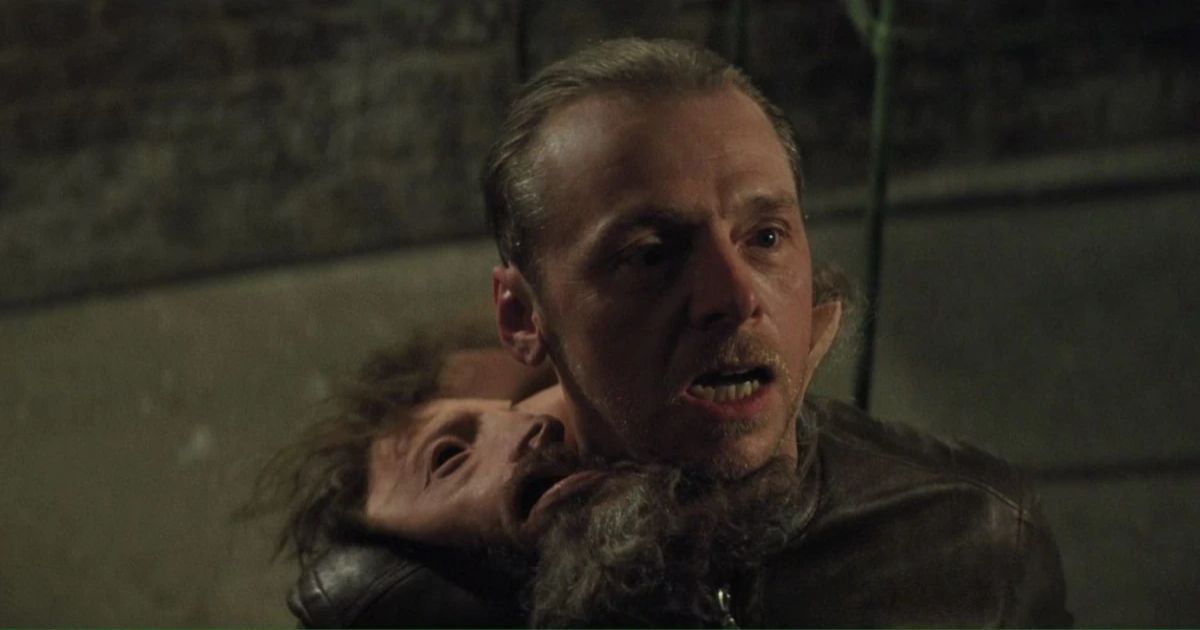At the New York premiere of Mission: Impossible - Dead Reckoning Part One, Simon Pegg, a stalwart of the Mission: Impossible series, delved into the birth of this film's intriguing nemesis: the Entity, a high-tech AI-driven adversary.
Pegg recalls conversations with the film's director, Christopher McQuarrie, wherein the concept of the AI villain was first broached. To Pegg, it initially appeared as an astute nod to the franchise’s penchant for dabbling in slightly ahead-of-its-time tech scenarios. Given the escalating global conversation around AI's implications, the film's choice of adversary couldn't have been more "on point", as per The Hollywood Reporter.
Hollywood has often been a mirror to society, reflecting its fears, hopes, and dilemmas in ways that entertain while provoking thought. In the latest installment of the iconic franchise, Mission: Impossible - Dead Reckoning Part One, this truism holds. The film dives into the heart of the ongoing discourse surrounding Artificial Intelligence (AI) with a villain that not only feels relevant but is unsettlingly prescient.
But the timeliness of this plot element is not just tied to global dialogues. Hollywood itself has been undergoing its own AI-related reckoning. Dead Reckoning comes at a time when the entertainment world is grappling with a multitude of issues arising from AI's increasing intrusion into the arts. Cases in point: the backlash against AI-created opening credits in Marvel's Secret Invasion, or controversies in the comic book world, where AI-generated images, culled from existing art without artist permissions, are viewed as nothing short of art theft. The Entity, in its ability to not only penetrate any tech but also to mimic human voices, seems to eerily echo Hollywood's very real concerns about studios striving to legally own actors' voices.
Mission: Impossible Grapples with AI's Industry Upheaval
This infiltration of AI into the fabric of entertainment is not just limited to technology and creative expression. It's spilling into industrial relations too. Both the Writers Guild of America (WGA) and the Screen Actors Guild‐American Federation of Television and Radio Artists (SAG-AFTRA) have been at loggerheads with the Alliance of Motion Picture and Television Producers, with AI being a significant point of contention.
The conflicts range from studios expecting writers to refine AI-crafted scripts to more insidious demands like acquiring rights to performers' likenesses indefinitely, with little to no compensation. A chilling manifestation of this issue was recently highlighted by SAG-AFTRA negotiator Duncan Crabtree-Ireland, who spoke of studios' attempts to own rights to background actors' faces in perpetuity, compensating them only for a single day's work.
This latest Mission: Impossible outing is more than just another chapter in an adrenaline-fueled saga. It stands as a testament to cinema's capability to mirror society's currents, embedding within its narrative the fears and debates of our time. The “Entity” is not just a figment of a writer’s imagination; it is a manifestation of the dilemmas of the digital age, making Mission: Impossible - Dead Reckoning Part One not just a cinematic treat but also a topical reflection of our times.
Mission: Impossible – Dead Reckoning Part One is now screening in theaters.


